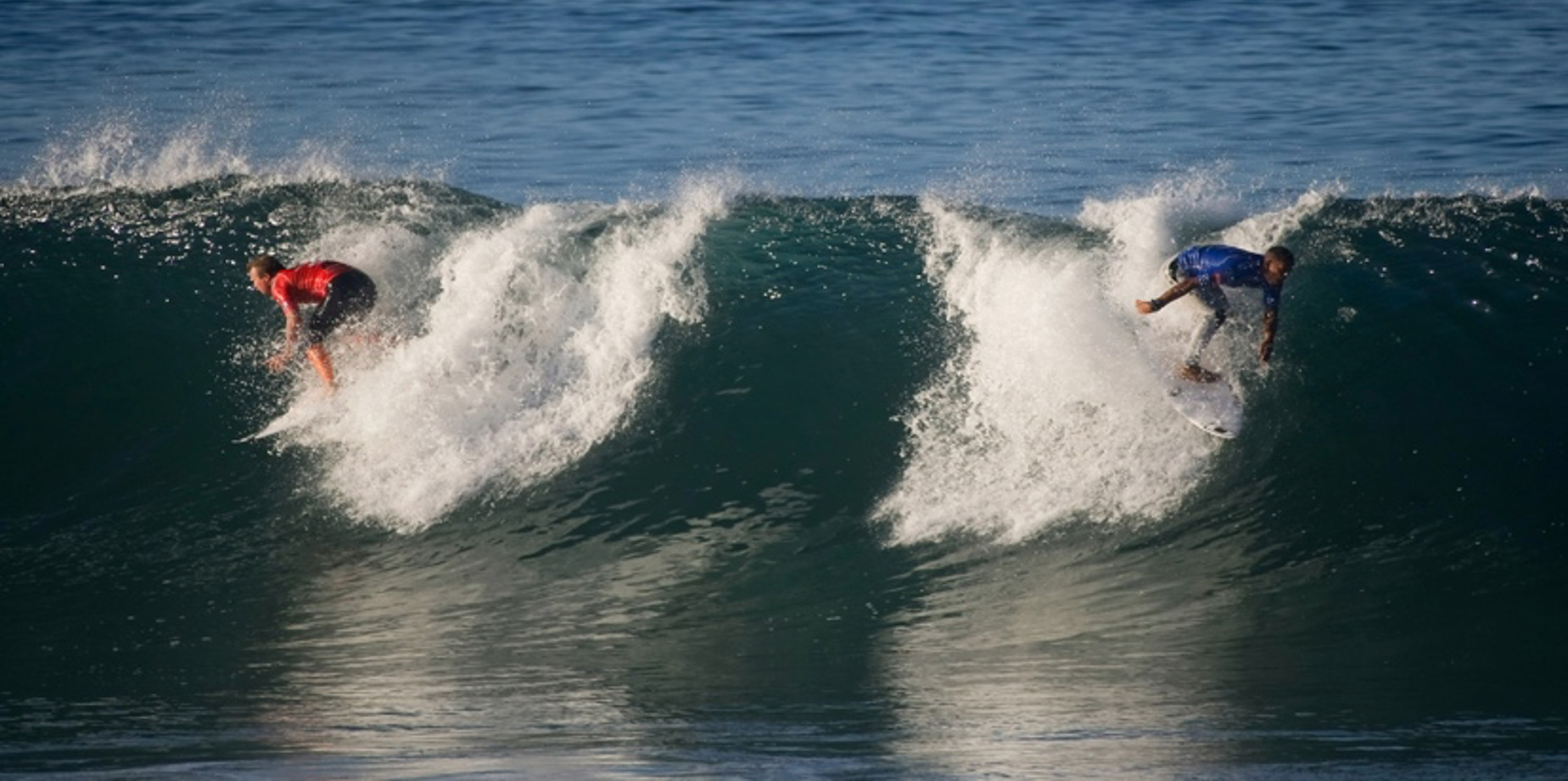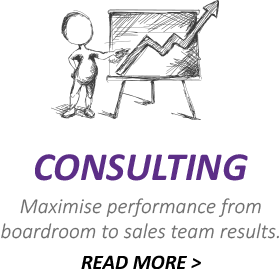Every year the powerful waves off the coast of Portugal attract some of the world’s best surfers. Watching them you can learn an important sales strategy to dramatically transform your results!
Surfers carefully choose a wave to ride, they don’t waste valuable energy chasing every single one.
In the current sales climate, it’s easy to feel pressure to rapidly fill your pipeline regardless of quality of the opportunities.
This only gives you a false sense of security and leaves you with a large number of potential sales to chase.
The valuable lesson the surfers teach us is that they have a strong mental criteria for wave selection. They rest on their surf boards patiently positioning themselves to catch a wave of suitable size, strength and speed. Only then do they spring into action with perfect timing to capture their ride.
How can you analyse your pipeline to ensure you’re only working on realistic and achievable sales opportunities?
Here are Six (6) key criteria to use:
- Timing
Evaluate where the prospective client is in their buying process. Are they still at an early stage of investigation, or are they later in the sales process and only gathering additional quotations to reference against their preferred option? Are you in a position to strongly influence and collaborate with them on the solution, or are you playing catch-up responding to a solution someone else has created with them?
Also, study your pipeline and look for opportunities that have lingered in the same stage for significantly longer than the average duration of Won Deals and flag them up.
- Good Fit
Does the opportunity play to your strengths in terms of the solution, service or product you can deliver? Do you have quality case studies and testimonials to demonstrate your capability? Or is the opportunity distant from your previous area or type of success?
A main reason salespeople struggle with their pipeline is that they let soft deals and red herrings slip in. So, don’t let these issues spoil the accuracy of your forecast.
- Slippage
If you see frequent close dates pushed back and quotation price changes these are indicators that an opportunity may be unlikely to convert. If an opportunity in your pipeline changes close date or value three times or more, you should mark it as at-risk in your forecast.
- Average Deal Size
Most companies’ close deals of a certain size with more frequency. However, opportunities that are more than 3x your company’s average deal size typically convert at lower rates and take longer to convert when they finally do, so flag them accordingly in your forecast.
Generally, you find that buyers know what they’re looking for and generally don’t hesitate to buy once they find it. So, if you have opportunities that are languishing in the pipeline, they will often tend to convert at a lower rate than quickly progressing ones.
- Access to a Decision Maker
Orders can only be signed by decision-makers, so if you have a late-stage opportunity in your pipeline but not yet speaking to a decision-maker, that opportunity should be flagged as at-risk in your forecast.
- Sales Stage
Regardless of when you expect a deal to close, opportunities in the first stage of the sales cycle should not be in your forecast – they are still far from becoming a Closed-Won deal and it is overly optimistic to rely on them. Instead, limit your forecast to opportunities to those that have steadily progressed through the sales process stages rather than these ‘ambulance chasers’.
So, I encourage you to clean your current pipeline, ensuring you only have realistic and achievable opportunities left. If you tighten up your qualification of new projects, you’ll save time and energy while raising your confidence and conversion rate at the same time.
Now that’s worth thinking about.
Committed to Your Sales Success!
Peter






